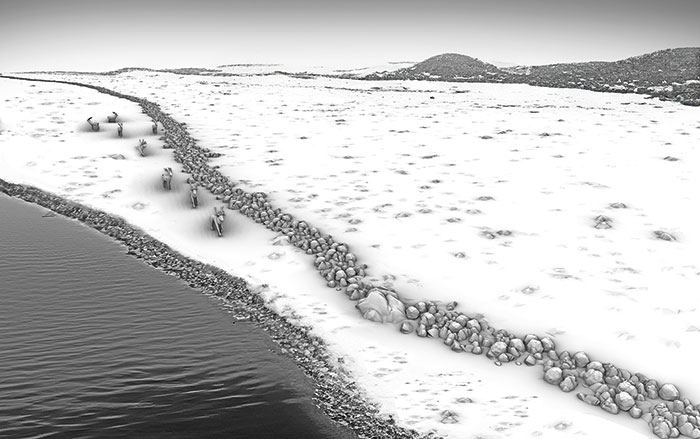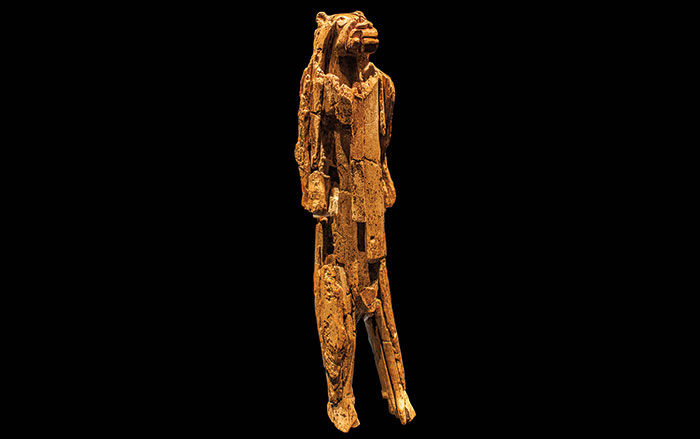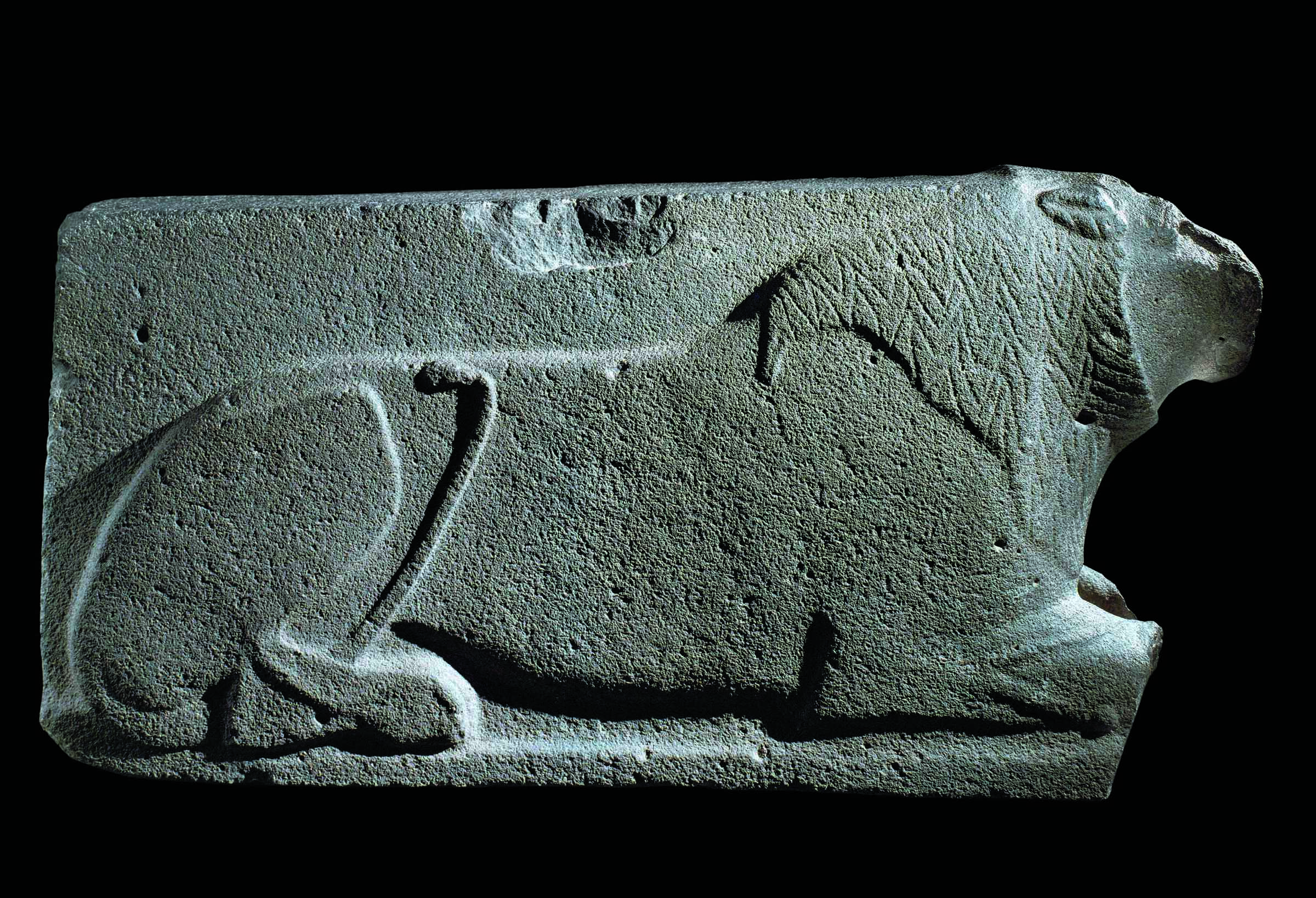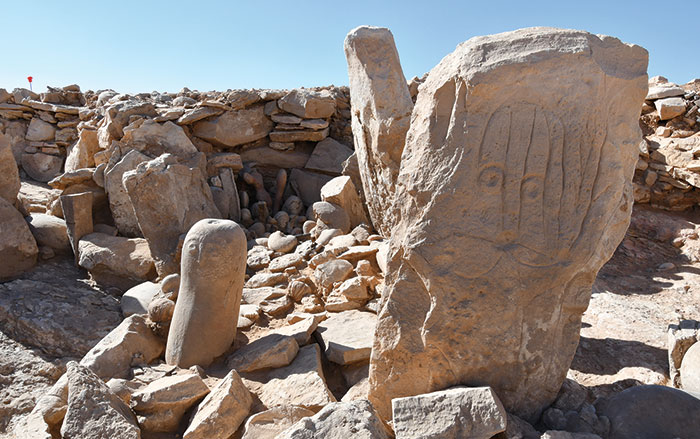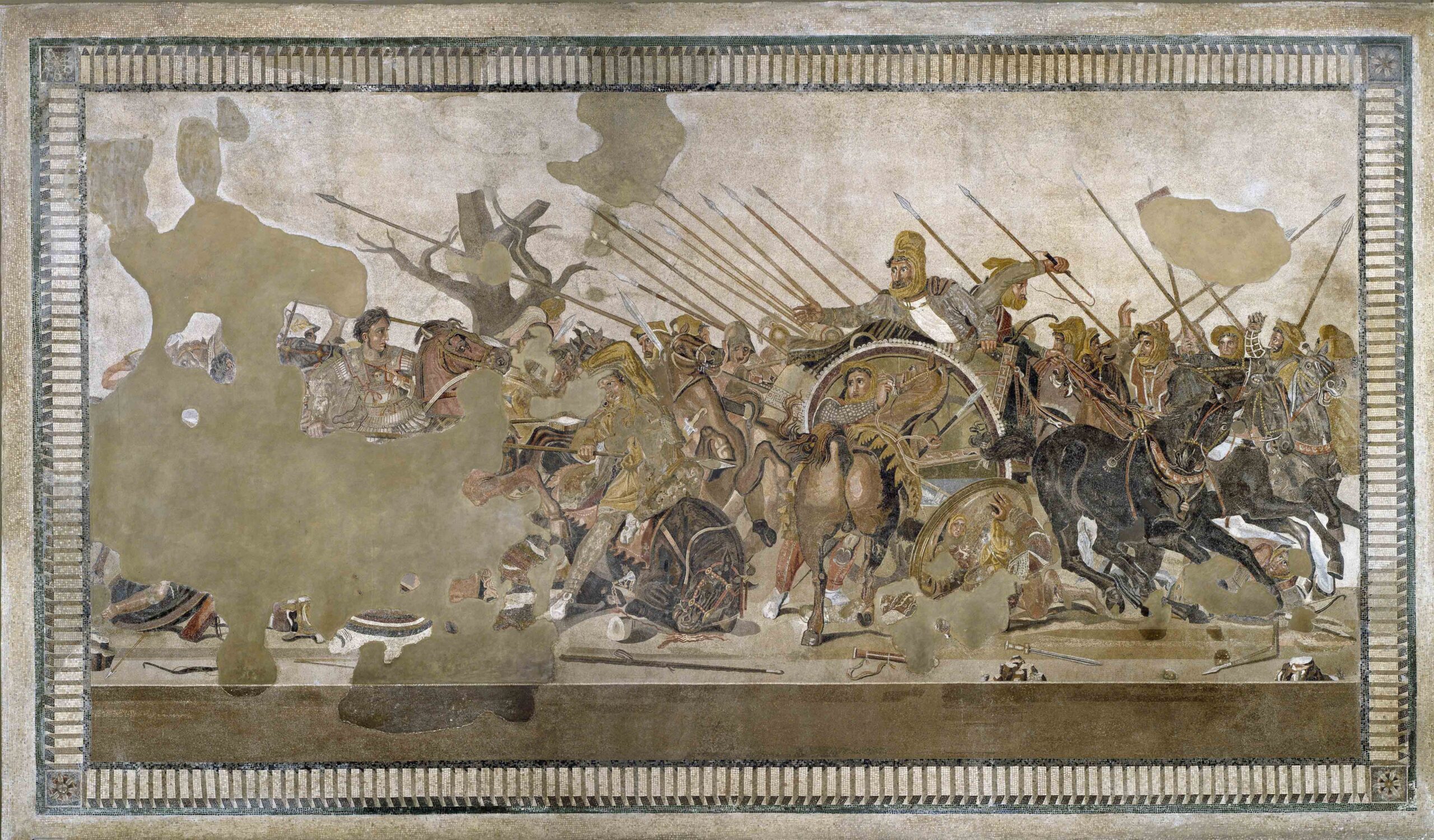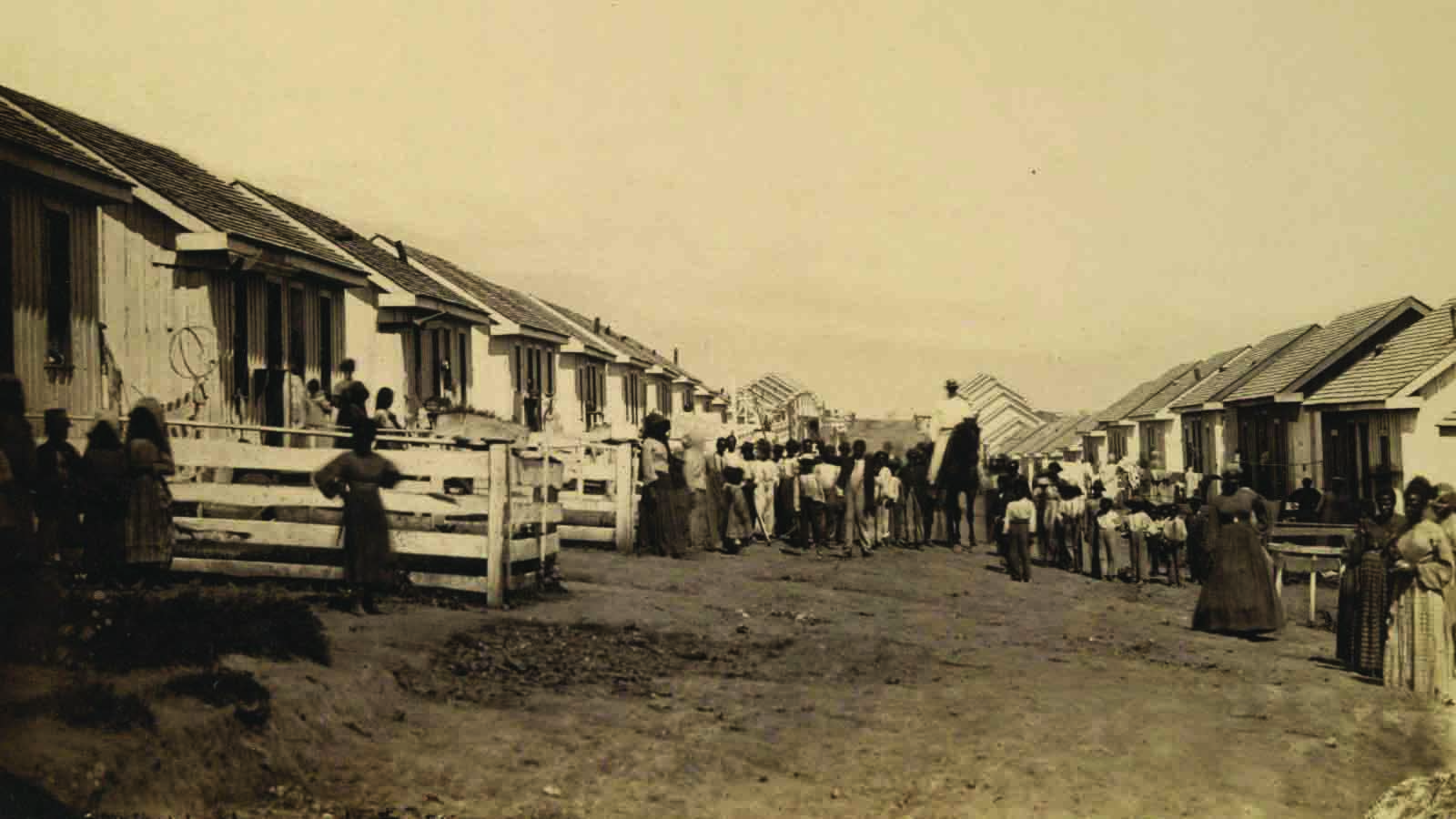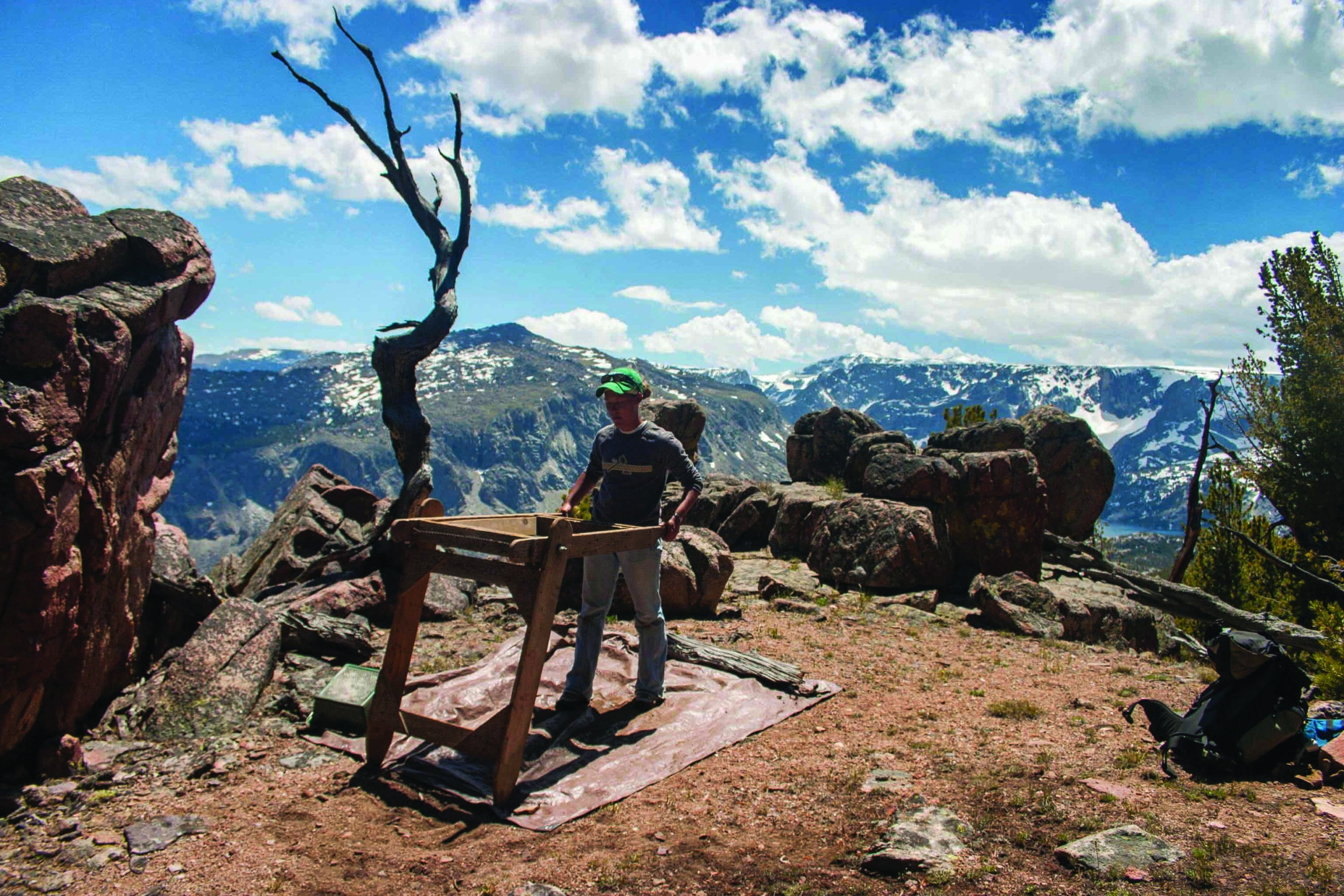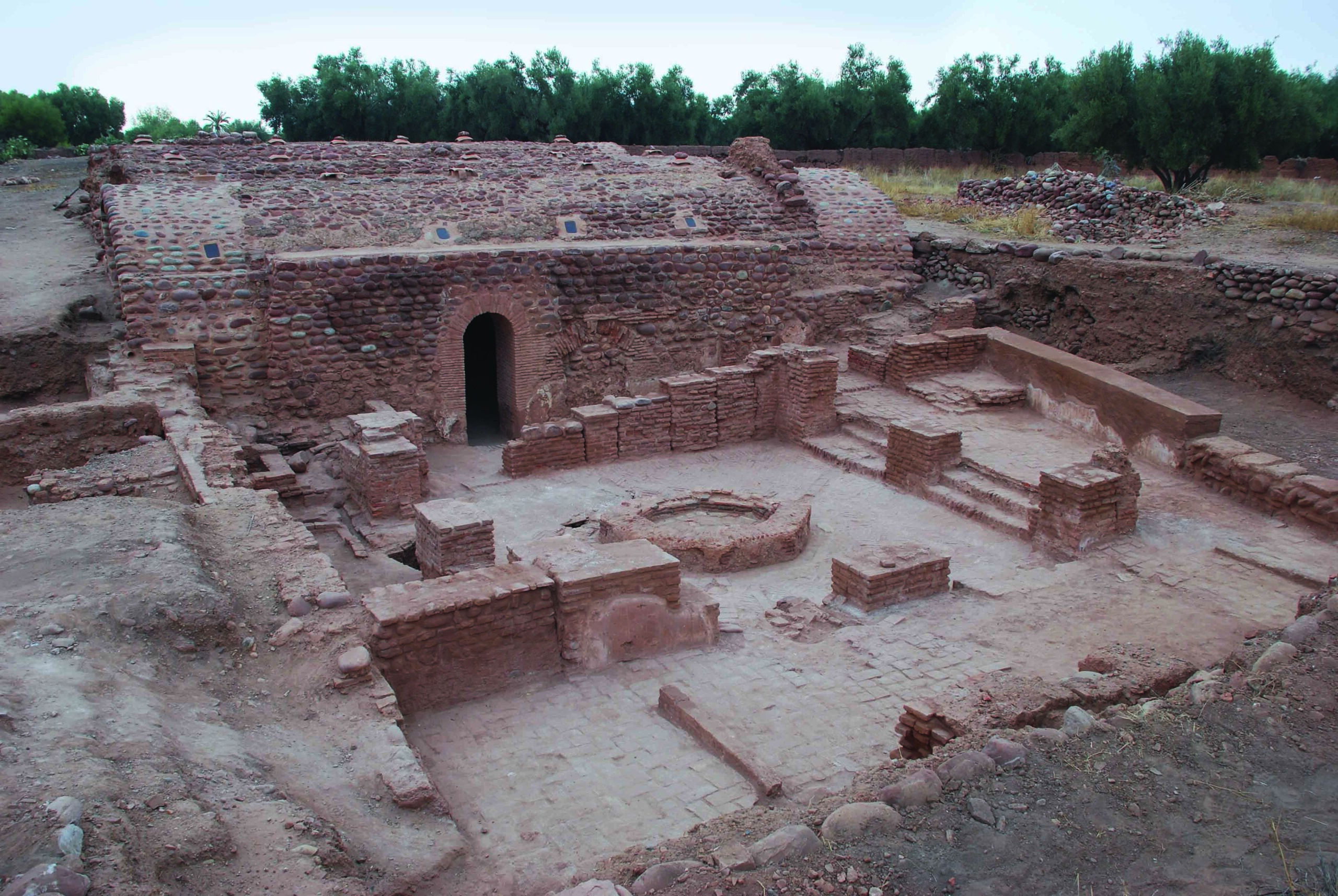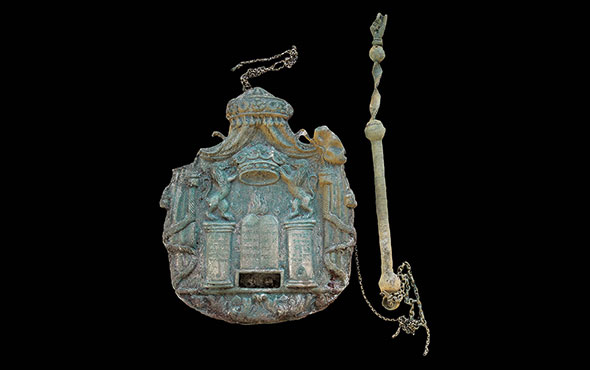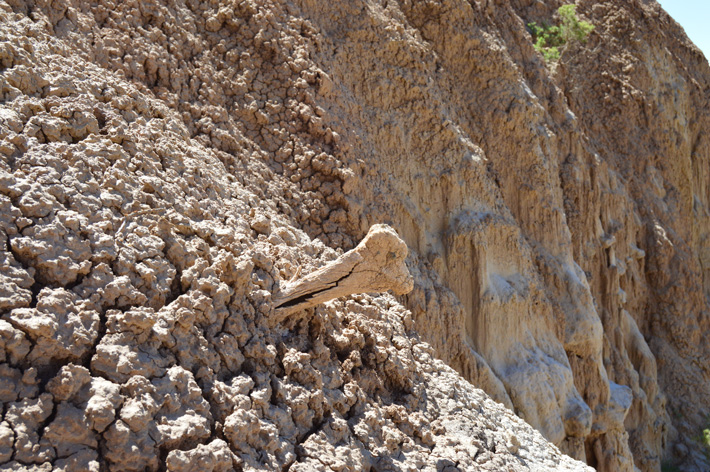
RAWLINS, WYOMING—The Casper Star Tribune reports that a Wyoming man took state archaeologist Spencer Pelton to the site of a buffalo jump he and a friend found as teenagers some 30 years ago while out hiking. Pelton said the Ogburn-Golden Bison Jump, which has been named after the teens, is between 1,000 to 1,500 years old. “This particular site is—the best way to put it is that there is no way that bison bone would have ended up where it was without humans having a role in it. These bison bones are perched up on some pretty steep, cliffy areas, and it is not in a place where you would expect an animal to die naturally,” he explained. Driving the buffalo up the steep embankment and confining them there would have made them easier targets for hunters traveling on foot and equipped with bows and arrows. Stone points have been found among the bones, Pelton added. The people who hunted here, he said, lived in semipermanent seasonal camps and had a trade network that extended to the Pacific Ocean. To read about excavations at a buffalo jump in the foothills of the Canadian Rockies, go to "A Removable Feast."


